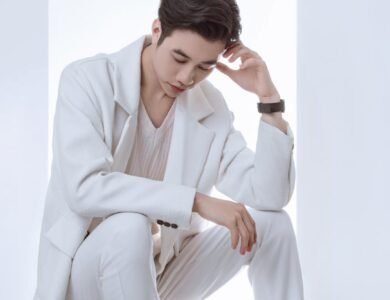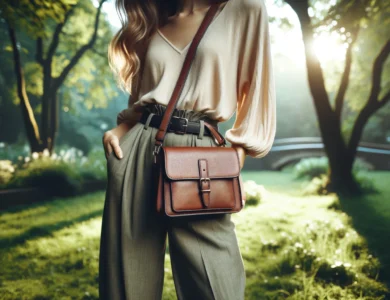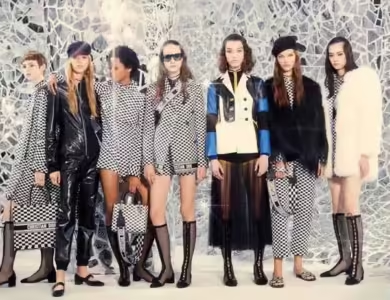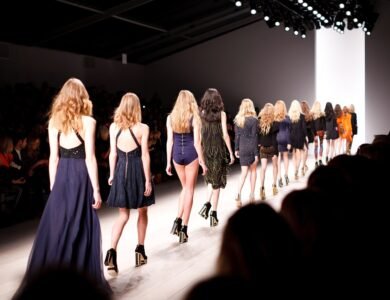Unveiling the Beauty of Non-Nude Modeling: Tips and Techniques

In a world often saturated with explicit content, the art of non-nude modeling stands out as a beacon of creativity and self-expression. This genre of modeling is not about baring it all but rather about revealing the beauty of the body through subtlety, artistic vision, and the power of suggestion. It offers a unique opportunity for models to explore their form and the space that surrounds them in a way that is often more about storytelling and emotion than overt sexuality. This blog post is your guide to the captivating realm of non-nude modeling, whether you’re a model aiming to expand your scope or a photographer seeking to collaborate with versatility and artistic flair.
The Importance of Non-Nude Modeling
A Closer Look at Creativity and Versatility
Non-nude modeling is a canvas awaiting the strokes of creative minds. It challenges models and photographers to render beauty in varied forms – through cloth, shadows, and selective exposure. The prowess of this genre lies in its openness to interpretation; one can convey a powerful message or evoke a strong emotion without disrobing. This flexibility allows for an extensive repertoire of visual narratives — from vintage glamour to modern-day high fashion.
Self-Expression and Body Positivity
Non-nude modeling is an arena of empowerment and body positivity. Models who opt for this path find that they can express their identities without conforming to societal body image standards. By focusing on the fabric, the lines of your outfit, and the interplay with the environment, non-nude models celebrate the unique beauty of their natural, unadorned bodies.
Tips for Non-Nude Modeling
Poses and Expressions to Enhance the Artistic Impact
Your body is your tool, and how you choose to position it can make all the difference. Delve into a range of poses that highlight the clothing, accentuate curves, and tell a story. Whether it’s a strong, angular pose or a fluid, graceful curve, each move should feel deliberate and meaningful.
Experiment with facial expressions to convey the mood of the concept. Non-nude modeling often demands a greater focus on the face, as it becomes the main instrument for emotional expression. Learn to emote subtly yet compellingly, and your photos will resonate with depth.
Styling Tips for Non-Nude Shoots
Wardrobe can be the star of the show in non-nude modeling. Invest in high-quality, versatile pieces that flatter your figure and are congruent with the aesthetic you’re working towards. Accessories are your allies; they can add character to even the simplest of outfits.
Consider the color, texture, and fit of the clothing. Evaluate how each aspect can work in harmony with the photographic concept. Sometimes, less is more; at other times, layering can add complexity. Work with a stylist or your photographer to ensure that your outfits are a seamless part of the storytelling process.
Working with Lighting and Backgrounds Effectively
Understanding light is crucial in any genre of modeling, but in non-nude modeling, it can be particularly defining. Backlighting can be used to outline your silhouette, while soft, diffused light can emphasize texture and portray a sense of vulnerability.
The choice of backgrounds can either compete with or amplify the aesthetic of your shoot. A clean, unobtrusive backdrop can direct all attention towards you and your pose, while textural backgrounds can add layers of narrative to the image.
Techniques for Successful Non-Nude Modeling
Building Confidence and Comfort in Front of the Camera
Comfort in one’s own skin is the bedrock of successful modeling. Learning to project confidence without nudity is a beautiful skill. Regular practices such as yoga, pilates, and meditation can assist you in gaining control over your body, movement, and presence. These disciplines can help still the mind, allowing you to focus on the task at hand — the artistic collaboration between you and the photographer.
Communicating with Photographers and Understanding Their Vision
A non-nude model is a co-creator. Effective communication with your photographer is essential. Speak up about concepts or styles with which you resonate, and be open to their vision. Ask questions, and strive to understand the message they wish to convey.
Direct feedback can help both parties refine the shoot and bring out the best in each other. When both model and photographer are aligned, the results are often breathtaking.
Posture and Body Language Tips for Striking Poses
Posture and body language speak volumes in the non-nude genre. Before your shoot, practice your poses and study the shapes made by your body in the mirror. Pay attention to the lines and symmetry of your figure.
When on set, consider the role your hands and feet play. The arch in your back, the angles of limbs, and the direction of your gaze — all contribute to the story you’re telling. Visualization techniques can help you embody the emotions needed for the shot.
Conclusion
Non-nude modeling is a multi-faceted and deeply rewarding field that allows for personal and artistic growth. It is an avenue for self-expression unencumbered by societal norms, an opportunity to celebrate the narrative in the curve of a shoulder or a turn of a head. To models and photographers alike, the non-nude approach opens a world of creativity and storytelling which extends beyond the limitations of explicit imagery.
By integrating the tips and techniques outlined in this post, you can elevate your non-nude modeling to new heights. Remember, the essence of your art lies in the subtle interplay of fabric and form, light and shadow. Approach each shoot with an open heart, a willingness to learn, and a commitment to the story you are about to tell through your craft. It’s a form of modeling that, when mastered, has the potential to produce images that are not only visually striking but deeply memorable. Now, take these insights and step into the world of non-nude modeling, ready to unveil the beauty that is uniquely yours.



